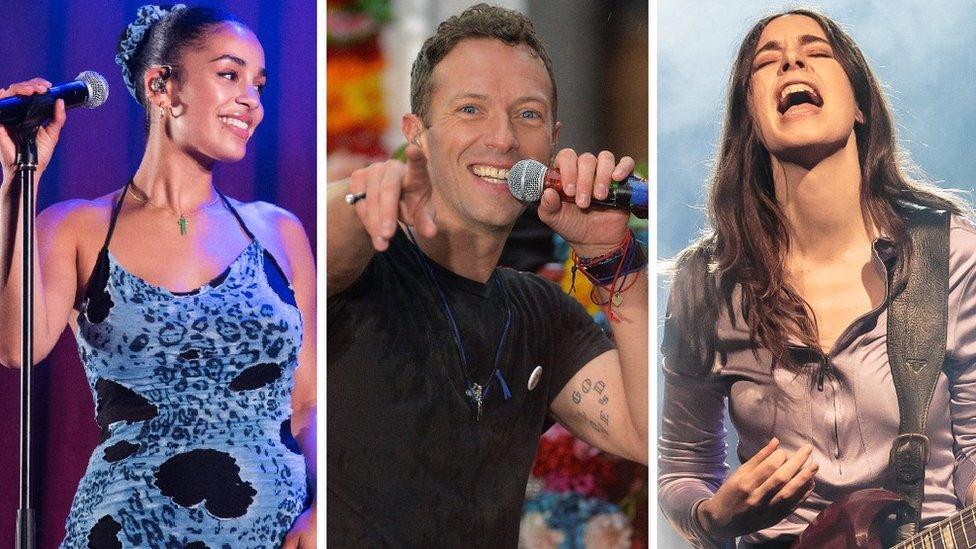Glastonbury live-stream delivers a rush of nostalgia in the face of failure
- Published
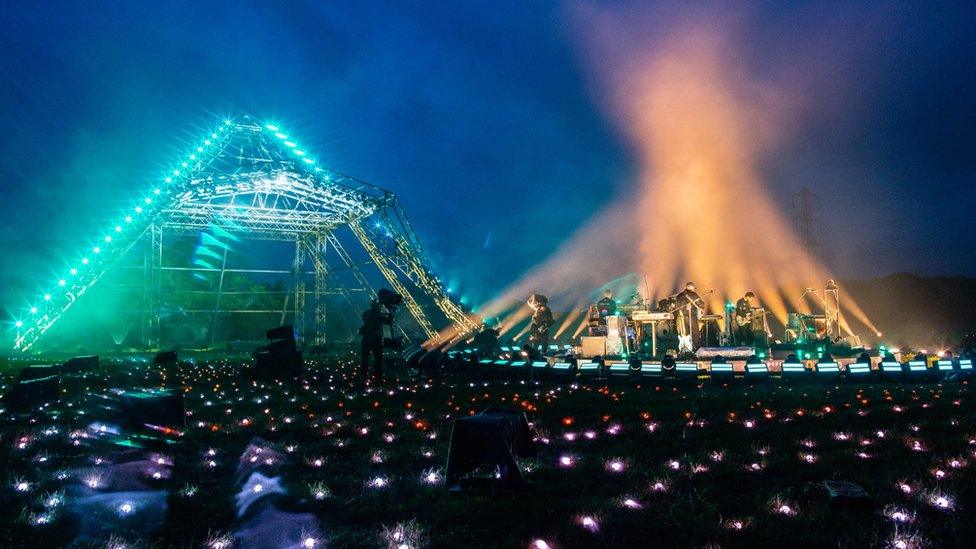
Coldplay performed in front of the skeletal frame of the Pyramid Stage
Is it possible to feel homesick for somewhere you only visit once a year?
If Glastonbury's evocative, enthralling live-stream concert is anything to go by, the answer is a resounding "yes".
Whether it was Coldplay playing in the driving rain, or Haim framed by a spectacular sunset - the five-hour film was a bittersweet love letter to the magic of music festivals.
Or at least it was, once we actually got to see it. Within minutes of the all-star, pay-per-view show starting on Saturday night, things went badly wrong.
Thousands of ticketholders received errors saying "invalid code" or "access denied". Pretty soon, fans supplanted the official hashtag #LiveAtWorthyFarm with the altogether more accurate #NotLiveAtWorthyFarm.
It took two hours to sort the technical problems out, by which point many viewers had given up and gone to watch the UK crash out of Eurovision. Again.
Eventually, organisers abandoned the ticketing system altogether and made the concert free for anyone to watch. You could rewind the stream a little - but poor old Wolf Alice and Michel Kiwanuka, who kicked off the event, were lost down the back of the internet sofa.
I entered half-way through a blistering set from Bristol punk band Idles, and was instantly thrust into the sweaty atmosphere of a subterranean club gig, as a free-roaming camera captured the jostling aggro of a mosh-pit.
Like many bands on the bill, they played in a tight circular formation, making up for the lack of an audience by performing to each other. It was a minor (but smart) modification that stopped the sets feeling staged and sterile.
Haim were up next, bringing some LA cool to proceedings, as they ran through the laid-back grooves of their latest album, Women In Music, Pt III.
Songs like Summer Girl and The Steps were custom built for outdoor venues, and the band were clearly relishing the chance to give them an airing from inside Glastonbury's legendary Stone Circle.
"This is our favourite festival in the whole entire world," said singer Danielle Haim, who was otherwise a frontwoman of very few words.
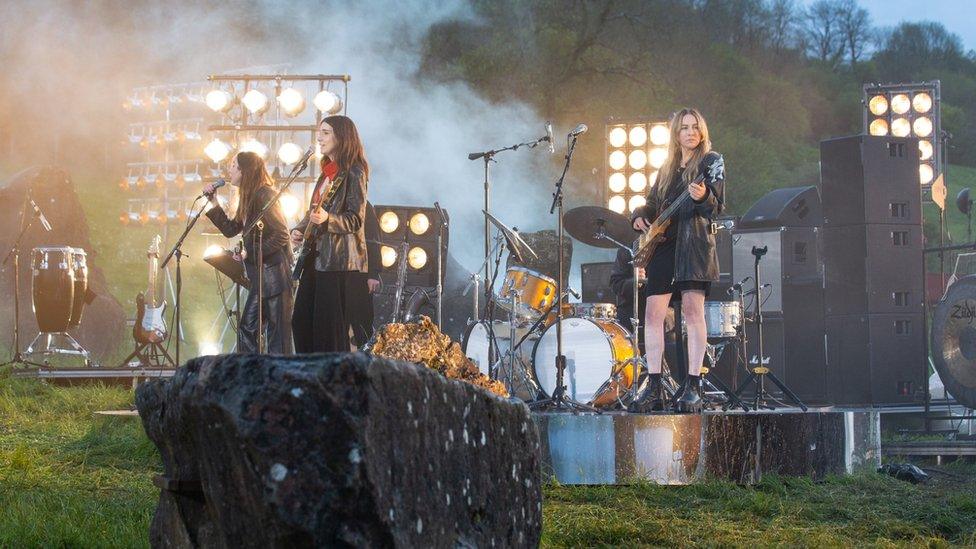
Haim's California rock was an early highlight of the show
Coldplay took up their rightful position in front of (the frame of) the Pyramid Stage just after 21:00 BST, illuminating the fields with a spectacular light and laser show.
Four-time headliners, their set list was typically faultless, cramming in Fix You, The Scientist, Viva La Vida, Clocks and A Sky Full Of Stars into a 30-minute slot - as well as a delicate new song, Human Heart, performed with US R&B singers We Are King.
"This is very weird but very fun," said Martin, pointing out he was essentially playing to "thousands and thousands of cows".
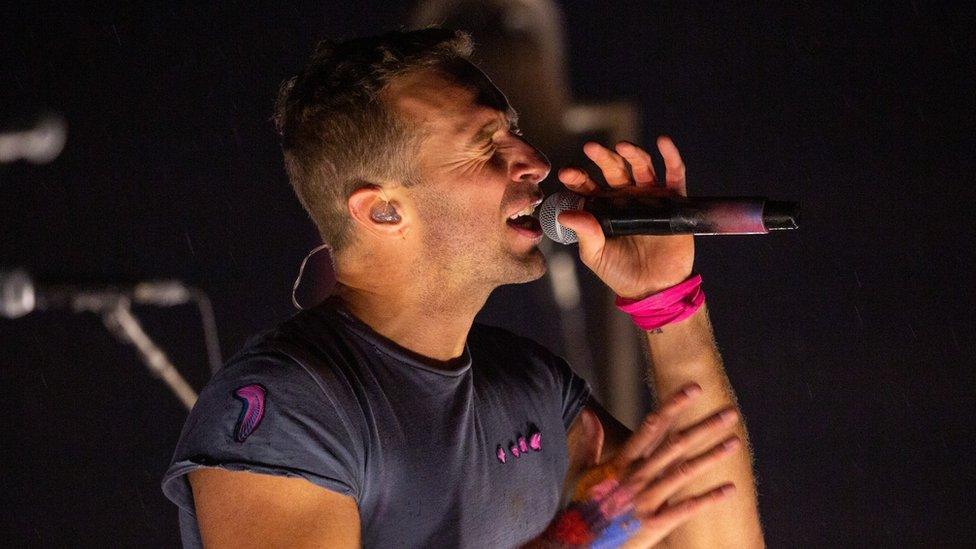
Chris Martin claimed the rain-soaked fields were a "special effect"
He jokingly played in some canned applause, but there was no hiding the fact no-one was watching. There were none of Glastonbury's traditional flags, no flares, no mud, no cups trampled into the ground, and no chemically-altered maniacs trying to make you dance with them...
Only one thing remained consistent: Coldplay were absolutely drenched in rain.
"If there's a day you didn't want to stand in a field, it's today," laughed Martin.
Even so, the sight of the festival's favourite band playing alone was strangely melancholy. Take it from someone who knows, gingerly singing The Scientist to your 10-year-old's favourite teddy will never be the same as belting it out in a field of happy strangers.
Don't get me wrong, though. The teddy loved it.
Wolf Alice, Haim and Damon Albarn are among the artists taking part in the special livestream
Coldplay were the de facto headliners, taking the time slot when (if all had gone to plan) most people were likely to tune in. After they cleared the stage, things became a little more sedate.
Damon Albarn turned up in a mullet to play a set almost entirely devoid of Blur songs - thanks a lot, Damon - while debuting music from his forthcoming project The Nearer the Fountain, More Pure the Stream Flows, which is "inspired by the landscapes of Iceland".
At a normal festival, this was the point where you'd have wandered off to see who was playing the jazz stage or to queue up for a doughnut, but the live-stream meant we were all hostage to Damon's wistful meanderings. I certainly didn't switch over to watch the Eurovision voting for a couple of minutes, and anyone who says otherwise is a liar, OK?
Radiohead side-project impresses
Jorja Smith brought the mood back up, exuding a breezy mellowness on songs like Blue Lights and Be Honest; after which Radiohead's Thom Yorke and Jonny Greenwood debuted their new side-project The Smile.
Initially, they sounded quite a lot like Radiohead - in fact, the first track was an unreleased Radiohead track called Skirting On The Surface - but as their eight-song set wore on, things got pleasantly weirder, drawing on punk and math rock and spiralling jazz riffs.
And while most latter-day Radiohead material has been a slow burn, Yorke's new melodies (and Greenwood's restless basslines) had a compelling immediacy. A debut album can't be far off.
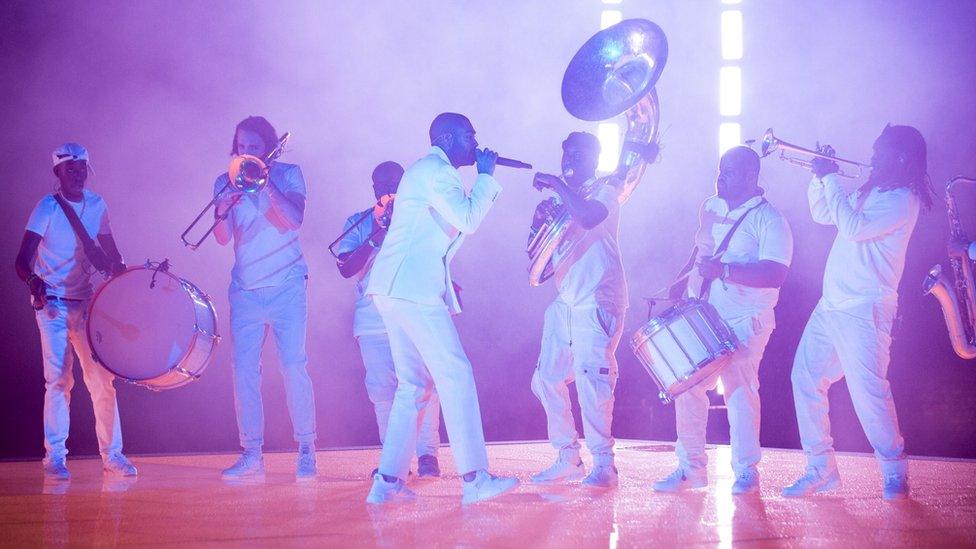
Kano's fierce and funky set gave proceedings a shot in the arm
Back outside, Kano brought some much-needed eccentricity, playing his grime anthem 3 Wheel-Ups with a marching band on a Billie Jean dancefloor.
He maintained a ferocious energy for the next 30 minutes, powering through apocalyptic versions of Teardrops and Free Years Later before emerging into the light with the funky set-closers Can't Hold We Down and SYM.
A much-needed shot of adrenaline, it perfectly set up the final act - an after-hours DJ set by Honey Dijon, filmed on a customised bus in the festival's Block9 area.
As she dropped tunes by Diana Ross and Lady Gaga, a small crew of socially-distanced dancers strutted around outside the bus, a sight that instantly transported me to the dying moments of Glastonbury 2019.
Back then, while queuing up to leave the site, I watched three spaced out festival-goers desperately fanning the embers of their weekend by throwing shapes to a burger van's portable radio, insisting the owner was the "best DJ we've heard all weekend, mate".
As Jarvis Cocker said in one of tonight's spoken-word interludes, that's exactly what makes Glastonbury great.
"All those extra-curricular activities you just discover while wandering around, they're often the best bits of the weekend."
It made me nostalgic for the festival all over again; and even more determined to make the pilgrimage if it comes back, as planned, next year.
"We are going to throw everything at 2022," organiser Emily Eavis told the BBC earlier this week. "The light is coming in.
"We're able to move out of this very awkward time and plan to be back in fields again; and to be watching live music; and camping for five days outside with 200,000 other people."
And if, in the meantime, someone doesn't start a band called "Invalid Code" and get themselves onto the bill, something will have gone terribly wrong.

Follow us on Facebook, external, or on Twitter @BBCNewsEnts, external. If you have a story suggestion email entertainment.news@bbc.co.uk, external.
Related topics
- Published22 May 2021
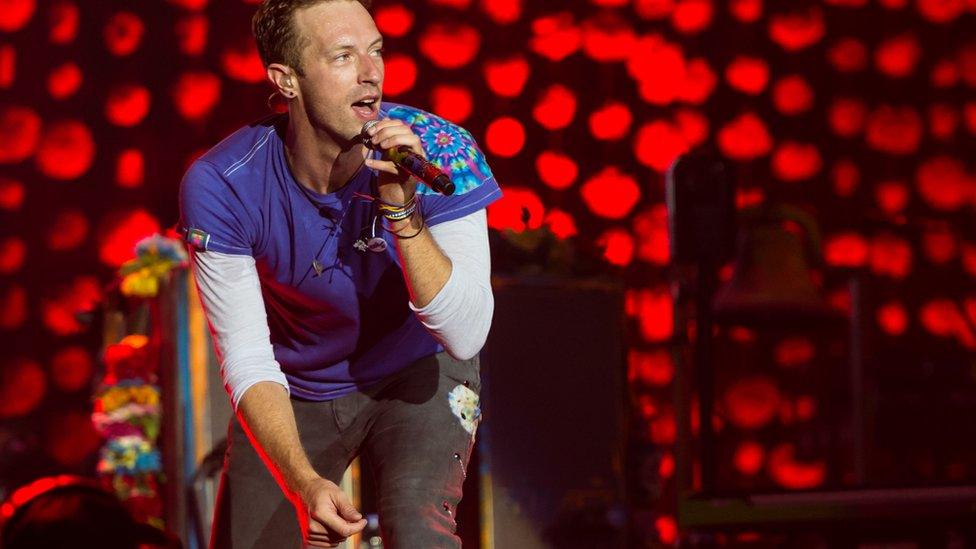
- Published22 May 2021

- Published19 May 2021
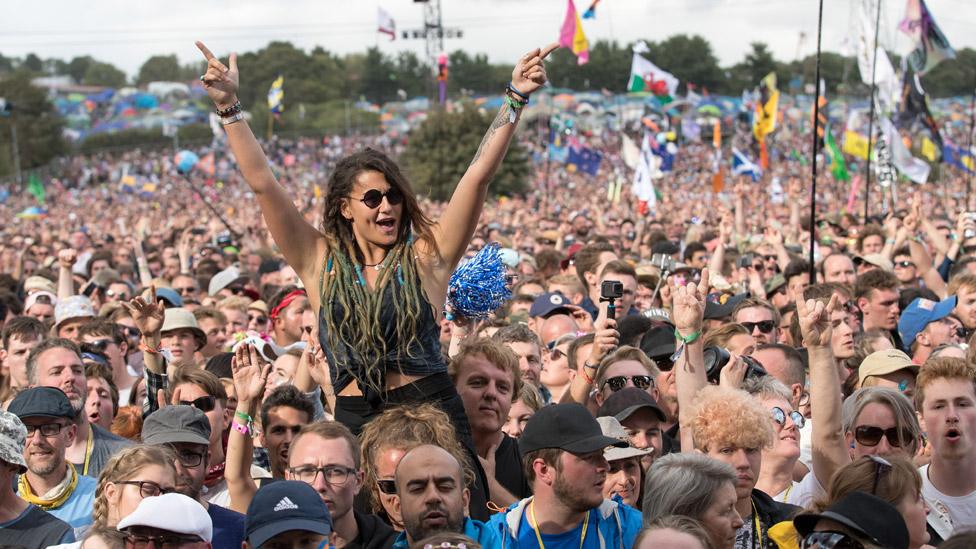
- Published31 March 2021
